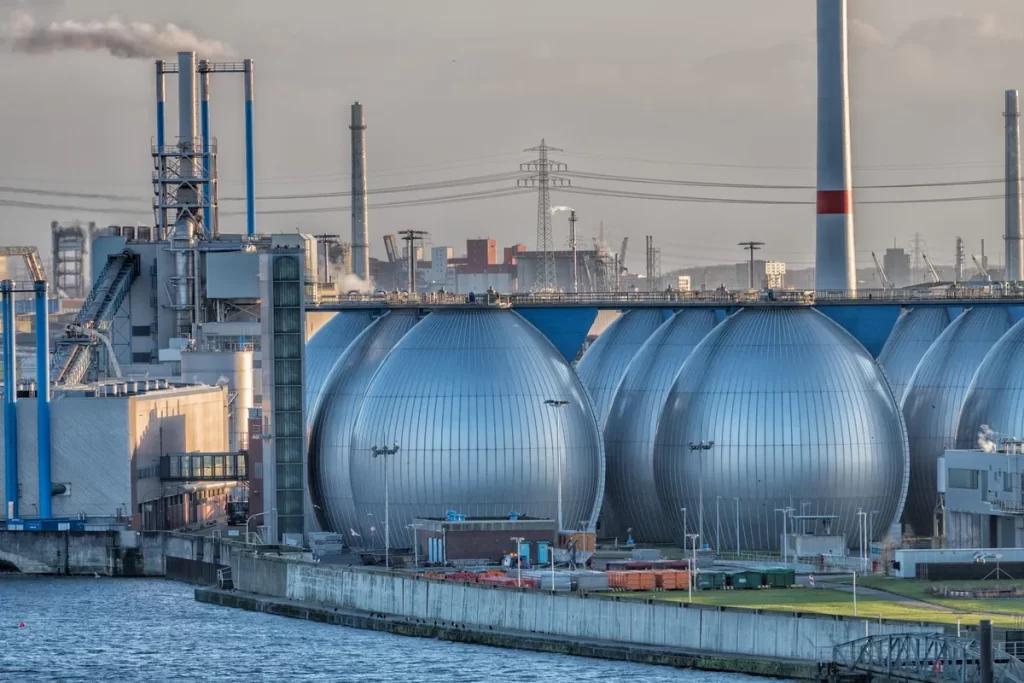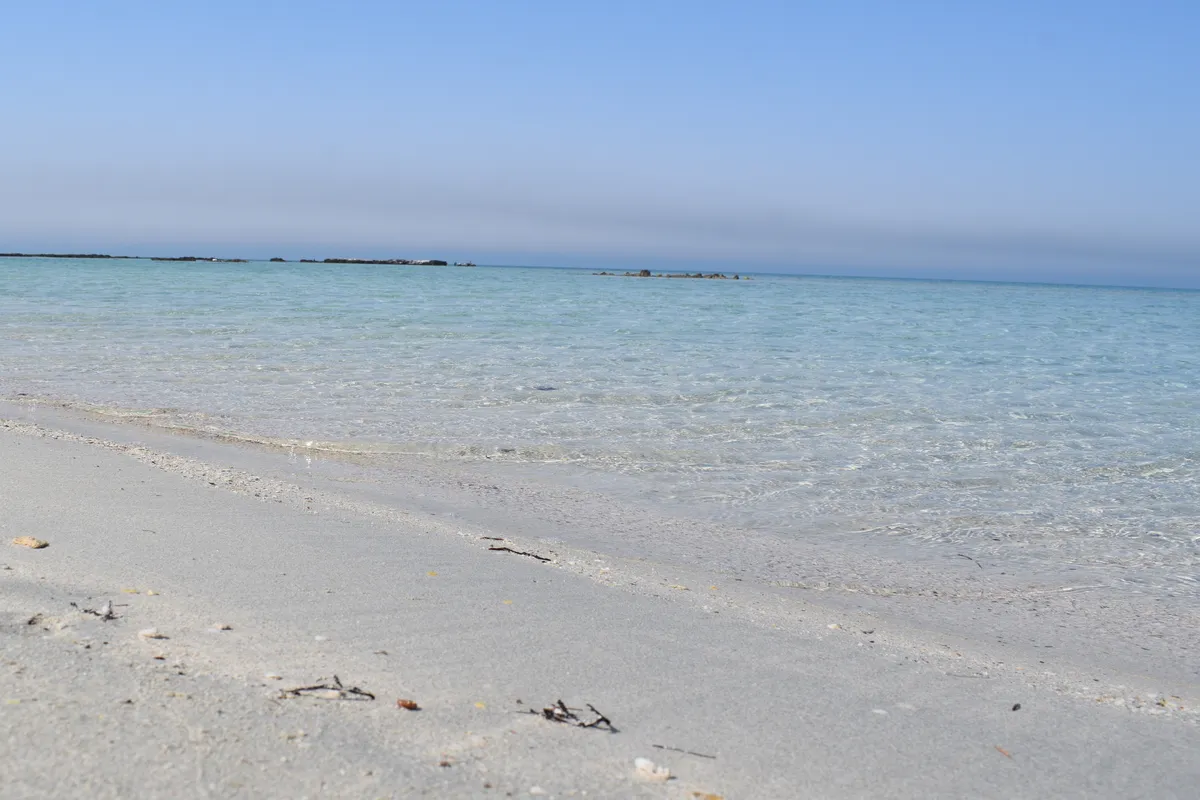As the world grapples with increasing water scarcity and a growing demand for freshwater resources, the importance of sustainable water management has never been more apparent. Desalination offers a promising solution to these challenges, and in this ultimate guide, we will explore the process, benefits, challenges, and recent innovations in desalination technology.
What is Desalination?
Definition and Purpose
Desalination is the process of removing salt and other impurities from seawater or brackish water to produce freshwater suitable for human consumption, agriculture, and industrial uses. The primary purpose of desalination is to increase the availability of freshwater resources, especially in regions facing water scarcity.
A Brief History of Desalination
Desalination has a rich history, with evidence of the practice dating back to ancient times. In fact, early civilizations such as the Greeks, Egyptians, and Romans were known to use desalination techniques to obtain freshwater from seawater. The earliest recorded method was through solar distillation, where seawater was placed in shallow pits and exposed to the sun’s heat, causing the water to evaporate, leaving behind the salt.
Over time, desalination techniques evolved, and the invention of the steam engine in the 18th century marked a significant milestone in the field [1]. This led to the development of large-scale distillation plants in the 19th century, primarily used by ships to produce freshwater while at sea [2]. However, these plants were inefficient and expensive, limiting their widespread adoption.
In the mid-20th century, advances in technology, particularly in the field of reverse osmosis, revolutionized the desalination industry [3]. This method involves forcing water through a semi-permeable membrane to remove salt and other impurities, and it has become the most widely used desalination technology today.
In the 1960s and 1970s, countries with arid climates, such as Saudi Arabia, began investing heavily in desalination as a means of addressing their water scarcity challenges. Today, desalination has become a crucial source of freshwater for many countries, especially those with limited natural freshwater resources.
In recent years, there have been significant advancements in desalination technology, including improvements in energy efficiency, reduced costs, and the use of renewable energy sources. Additionally, ongoing research aims to address the environmental impacts of desalination, such as the production of brine and carbon emissions.
Technologies and Methods
There are several desalination technologies, with reverse osmosis and distillation being the two main methods. Reverse osmosis involves forcing water through a semi-permeable membrane to separate salt and other impurities, while distillation involves heating water to create vapor, which is then condensed back into freshwater, leaving salts and impurities behind. Each method has its advantages and disadvantages, which we’ll discuss in this section.
Desalination plants use a variety of technologies to remove salt and other impurities from seawater or brackish water, producing high-quality freshwater that can be used for various purposes.
There are two main types of desalination plants: thermal and membrane.
- Thermal desalination plants use heat to evaporate seawater and then condense the resulting vapor to produce freshwater. There are two types of thermal desalination: multi-stage flash distillation (MSF) and multiple-effect distillation (MED) [4,5]. MSF plants use multiple stages of heating and cooling to evaporate seawater, while MED plants use multiple chambers to create a vacuum that lowers the boiling point of seawater, causing it to evaporate.
- Membrane desalination plants, on the other hand, use semi-permeable membranes to filter out salt and other impurities from seawater. There are two primary types of membrane desalination: reverse osmosis (RO) and nanofiltration (NF) [6]. RO plants force seawater through a semi-permeable membrane at high pressure, separating the salt from the water. NF plants use a similar process but with a less dense membrane, allowing some smaller ions and molecules to pass through.

Benefits of Desalination
Desalination offers a range of benefits that contribute to sustainable water management. In this section, we will discuss the environmental, socio-economic, and water security benefits of desalination.
Environmental Benefits
Desalination offers several environmental benefits, making it a key component of sustainable water management strategies. By reducing the demand for freshwater from natural sources, such as rivers and aquifers, desalination can help alleviate the pressure on these resources, which are critical for maintaining healthy ecosystems. Over-extraction of freshwater resources can lead to land subsidence, ground sinking, and saltwater intrusion, all of which can have severe environmental impacts.
Desalination can also help mitigate the effects of climate change on freshwater resources. Climate change is expected to increase the frequency and severity of droughts, which can exacerbate water scarcity in regions already facing water stress. Desalination provides an additional source of freshwater that is not subject to the same climate-related risks as natural sources, making it an essential component of climate change adaptation strategies.
Socio-economic Benefits
Desalination offers several socio-economic benefits, particularly in regions suffering from water scarcity. By providing a reliable source of freshwater, desalination can support various industries, including agriculture and industry, which are critical for economic growth. This, in turn, can create job opportunities in the water industry, providing employment and income for local communities.
Desalination can also improve the quality of life for people in water-scarce regions, particularly those who lack access to safe and reliable water sources. Access to freshwater is essential for health, hygiene, and sanitation, and desalination can help ensure that people in these regions have access to safe and clean water.
Water Security
Water security is a critical challenge facing many countries worldwide, particularly those with limited natural freshwater resources. Desalination plays a crucial role in improving water security by providing a reliable source of freshwater that is not subject to the same risks as natural sources. Desalination can also help reduce the dependency on groundwater, which is often over-extracted, leading to land subsidence and saltwater intrusion.
Desalination can also help improve water security in areas prone to natural disasters, such as hurricanes, floods, and droughts. In these situations, desalination can provide a quick and reliable source of freshwater, helping to mitigate the impacts of these disasters on local communities.
Challenges of Desalination
Despite its many benefits, desalination also comes with some challenges, such as high costs, energy requirements, environmental impacts, and social acceptance issues. In this section, we will explore these challenges in detail.
Why Some Countries Don’t Desalinate Water
Despite the potential benefits of desalination, some countries may choose not to invest in this technology due to the high costs, energy requirements, environmental impacts, and social acceptance issues. Additionally, countries with abundant freshwater resources may not see the need for desalination.
The Biggest Problem with Desalination
The most significant challenge associated with desalination is its high cost and energy requirements. This can make it financially challenging to implement, especially in developing countries. Moreover, the energy-intensive nature of desalination can contribute to increased carbon emissions, raising concerns about its environmental sustainability.
Drinking Ocean Water After Boiling
Boiling ocean water alone is not sufficient to make it safe for drinking, as it only kills bacteria and other pathogens but does not remove the salts and other impurities [7]. Boiling seawater can, however, be used as part of the distillation process, where the steam produced is collected and condensed back into freshwater, leaving the salts and impurities behind. This process effectively removes the salt content, making the resulting water safe for consumption.
High Cost and Energy Requirements
Desalination is often an expensive process, primarily due to its high energy requirements. Desalination plants typically require large amounts of electricity to operate, which can be a significant financial burden, especially in developing countries [8]. Additionally, the costs associated with desalination can vary widely depending on factors such as the type of technology used, the location of the plant, and the quality of the source water.
To address the cost and energy challenges associated with desalination, ongoing research aims to develop more energy-efficient technologies and approaches. For example, some researchers are exploring the use of renewable energy sources, such as solar or wind power, to power desalination plants. Other researchers are developing new desalination processes, such as forward osmosis, which require less energy than traditional processes.
Environmental Impacts
Desalination can have negative environmental impacts, primarily through the production of brine and carbon emissions. Brine is a highly concentrated saline solution that is produced during the desalination process and can be challenging to dispose of safely [9]. Discharging brine into the ocean can harm marine life and ecosystems by increasing the salinity of the water.
Carbon emissions are another significant environmental concern associated with desalination. The energy required to operate desalination plants is often generated from fossil fuels, leading to increased greenhouse gas emissions. These emissions contribute to climate change, which can have severe environmental and social consequences.
To address these environmental impacts, ongoing research aims to develop more sustainable and efficient desalination technologies. For example, some researchers are exploring ways to minimize the production of brine by using hybrid desalination systems that combine multiple desalination technologies. Others are developing carbon capture technologies to reduce greenhouse gas emissions from desalination plants.

Social Challenges
Public perception and acceptance of desalination can be a challenge, as some people may have concerns about the quality of desalinated water or the environmental impacts associated with the process. To address these concerns, it is essential to engage with the public and educate them on the benefits and risks of desalination.
It is also essential to involve local communities in the planning and development of desalination projects to ensure that their concerns and needs are taken into account. This can help build trust and acceptance of the technology and facilitate its implementation.
Ongoing Research
Researchers around the world are working tirelessly to address the challenges of desalination and develop new technologies and approaches to minimize its negative impacts and improve its overall efficiency. Ongoing research aims to develop more energy-efficient technologies, minimize the production of brine, and reduce carbon emissions from desalination plants [10,11].
Additionally, researchers are exploring ways to improve the quality of desalinated water and reduce its environmental impact further. For example, some researchers are developing new desalination membranes that are more effective at removing impurities while using less energy [12]. Others are exploring the use of biological processes to treat brine, making it safer for disposal.
Overall, ongoing research is critical to improving the sustainability and efficiency of desalination, ensuring that it remains a viable solution for meeting the world’s freshwater needs.
Global Desalination Landscape
Countries with the Most Desalination Plants
Israel, Saudi Arabia, and the United Arab Emirates are among the countries with the highest number of desalination plants. These countries rely heavily on desalination to meet their freshwater needs due to their arid climates and limited natural freshwater resources.
Desalination in Qatar
Qatar has several desalination plants in operation, which provide a significant portion of the country’s freshwater supply. As a country located in an arid region with scarce natural freshwater resources, desalination is crucial for Qatar’s water security.
Arab Countries and Desalination
Many Arab countries, including Saudi Arabia, the United Arab Emirates, Kuwait, and Oman, have turned to desalination as a means to address their water scarcity issues. Due to their geographical location and limited freshwater resources, desalination plays a critical role in ensuring adequate water supply in these countries.
Conclusion
Desalination offers immense potential as a key component of sustainable water management strategies. As we have explored in this ultimate guide, desalination provides numerous benefits, from preserving natural resources to improving water security. However, it is essential to continue addressing its challenges and investing in research and innovation. By understanding the various aspects of desalination, including the different methods, global adoption, and potential drawbacks, we can work towards a more sustainable and water-secure future.

